|
by Ian Long The process of putting Thomas Harris's character on the small screen showed how so much of horror is about suggestion. It also demonstrated how the genre can be made more palatable to a female audience. “I think accessibility is what often denies horror its deserved attention. So it all depends on the execution [as to] whether mainstream audiences can accept it.” - Bryan Fuller, Hannibal’s showrunner The TV series Hannibal (which ran from 2013-2015, but which may be due for a revival) went even further than the cinema versions of Thomas Harris’s novels in terms of outré shocks and extreme weirdness - or, at least, it seemed to. At the same time, it was widely praised by critics and established a widespread audience of committed and discerning ‘Fannibals’, with a large female contingent. All of which suggests that this surprisingly engaging show is more than a simple gore-fest. There’s something considered going on here: a clever design scheme has allowed us to feel that we've experienced the most monstrous events imaginable, while shielding us from the worst of them. So ... what sleight-of-hand enabled Hannibal to make such dark and gruesome subject matter into compelling viewing? If we want to devise horror ideas which have the potential to connect with audiences, understanding how Hannibal achieves its effects gives us some useful clues. It shows us some of the strategies that storytellers have used to handle truly taboo topics. 1. Set it in a fantasy world Hannibal doesn’t strive for realism. The show's design distances it from the world we know, immediately tipping us off that it takes place in a fantasy arena: a world that's an analogue of ours, but which runs by slightly different rules. “We are not making television,” Fuller told each new director who came to work on the programme. “We are making a pretentious art film from the Eighties.” Recognisable technology is present, but the cars and computers stay in the background of the underlit, Gothic-looking buildings with their green-tinged interiors and peculiar, retro accoutrements. If it’s established early on that we’re in a dark fairytale, we can enjoy the ride - free of the misgivings we may feel if the story’s world was closer to reality. 2. Make sure there's a strong vein of dark humour Bryan Fuller: “I consider Hannibal a very, very, very dark comedy.” Much of the show’s interest is based on our prior knowledge of Hannibal Lecter. We know he’s a cannibalistic murderer, even if everyone in the story thinks that he's a suave and worldly psychiatrist. And this provides much scope for humour. Hannibal frequently drops outrageous hints about his true nature. And when he does so, Mads Mikkelsen allows the smallest hint of a smile to cross his glacial features. The more this happens, the more deliciously complicit we become with his character, and the further we’re drawn into the story. It’s a big mistake to write horror (and other ‘hard-hitting’ genres) without a vein of well-judged humour - an essential balancing factor which greatly increases the pleasure of the audience. 3. De-emphasise sexual violence Sex is far from the main driving force of the parade of garish psychopaths that weaves its way through Hannibal. Their motives are so strange and convoluted that it’s the sheer commitment of the performances and the loving attention to detail of the filmmaking that renders them credible. Hannibal’s florid maniacs pursue obscure obsessions for months, years, decades; they try to become prehistoric cave-bears, to turn people into trees or fungi, or to construct gigantic eyes to look at God. This is a fairytale world of fantasy crimes. Fuller understands that rape has been overexploited in crime stories, and has specifically banned it from his series. As he says, “That was one of the big challenges. How do we keep our promise [not to tell rape stories] ... and also service the novel.” If we were watching a procession of sex-crimes, the series would quickly become creepy and distasteful - especially for women, who are weary of seeing themselves as victims in any number of genres. 4. Aestheticise your murders for intellectual appeal Following on from this, by the time the audience gets to see the victims they have usually been rendered into perverse – but often quite beautiful – artworks. These drew visual inspiration from the oeuvres of Francis Bacon, Damien Hirst, Marc Quinn, Anselm Kiefer, the Chapman Brothers, and many others; adding to the visual stylishness of a show which also foregrounded the superb tailoring of Mads Mikkelsen's clothing. We rarely see someone being killed, much less tortured or mutilated. And when we do, the details are often obscured. It’s mostly when violence between or involving the leading characters takes place that we witness it at all; just about everything else happens offscreen. The most interesting confrontations are the long, near-philosophical dialogues between Hannibal and various others (particularly Will Graham). Their verbal fencing is so full of subtexts and hidden conflicts that it's as thrilling as a physical struggle. Hannibal places death in a fantasy context and serves up mortality as an abstraction, divorced from its customary context. And it doesn’t make the mistake (often found in novice screenplays) of overplaying the gore-factor. 5. Build from strong emotional undercurrents When Fuller said he saw Hannibal as a dark comedy, he added, “and on another level, it’s an emotional story about male friendships.” I have a friend who can’t watch the US version of House of Cards: she finds the characters too cold and self-motivated. But she enjoys Fargo despite its violence, because its characters retain some emotional depth and sense of connectedness. Both Hannibal and Will Graham are strange, unfathomable men. Each represents the other's sole chance to find the deeper understanding that all human beings crave. For all its grisliness, Hannibal is something of a protracted courtship between Lecter and Will Graham. As Bryan Fuller, says, “If the first season is the bromance, the second season is the break-up; Lecter is the spurned lover.” Like all other genres, Horror is far more powerful, memorable and potentially popular when there's some powerful emotion behind it. 6. Include some strong female characters A number of male characters from the books became female in the show, including the small part of Dr. Alan Bloom, which was transformed into the much bigger role of Dr. Alana Bloom, and Freddie Lounds, a male journalist, who also became a woman.
Bryan Fuller said the show would have been "a sausage-fest” if this hadn't been done. Hannibal also played with gender stereotypes, giving us a vulnerable ex-policeman in Will Graham and a style-conscious foodie serial killer — "prim and proper and baking in an apron" - in the title character. And let's not forget the crucial importance of using a proportionate number of female writers, directors, technical staff and crew! * * * * * * * * * * * * * * * * * * IAN LONG is Euroscript's Head of Consultancy. He is a screenwriter, script editor and screenwriting teacher, and has taught his acclaimed writing workshops on Horror, Neo Noir, Deep Narrative Design and other topics in the UK and elsewhere.
0 Comments
Leave a Reply. |
BLOGTHE ONLY PLACE TO TALK ABOUT THE CRAFT OF SCRIPTWRITING.
|
Privacy Policy © Euroscript Limited 2020

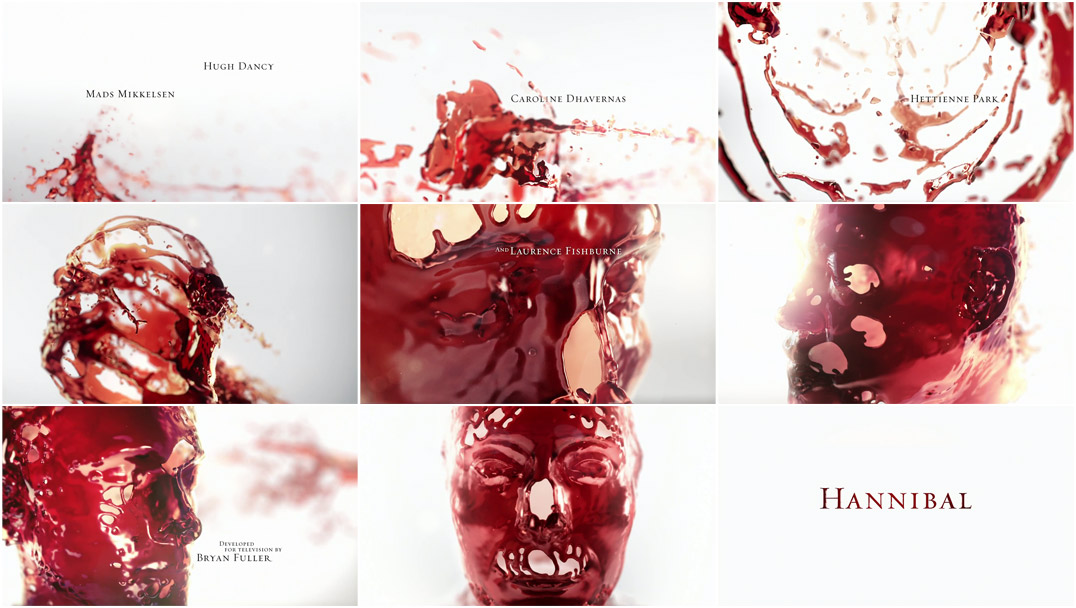
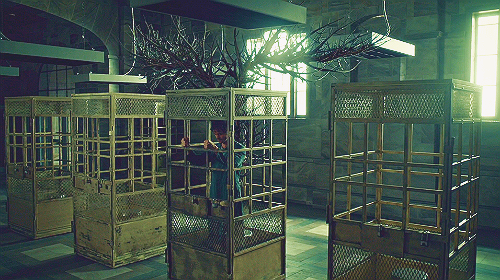
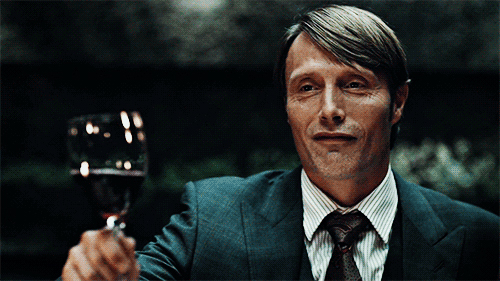
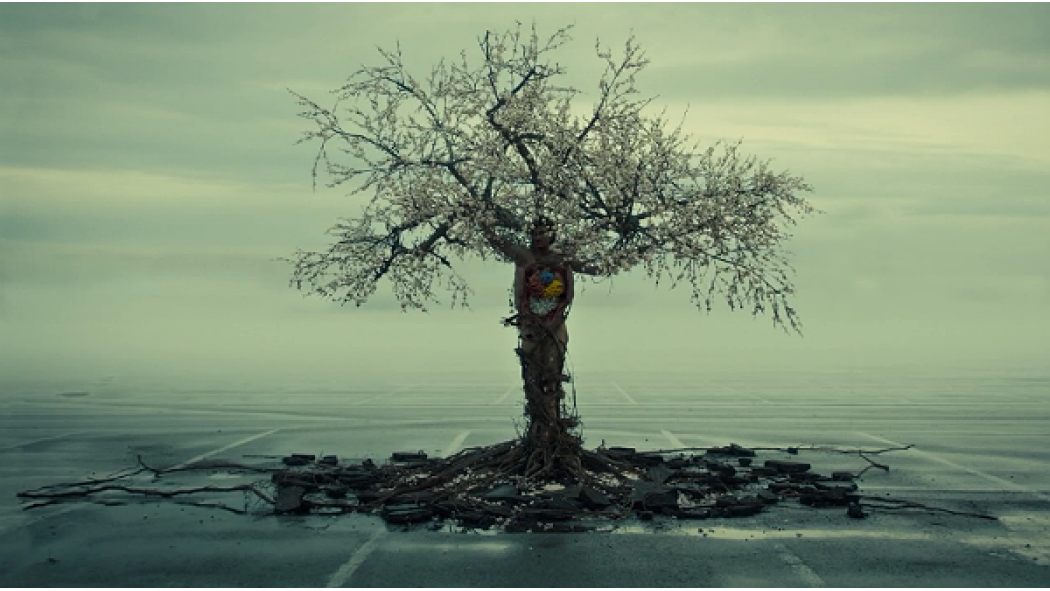
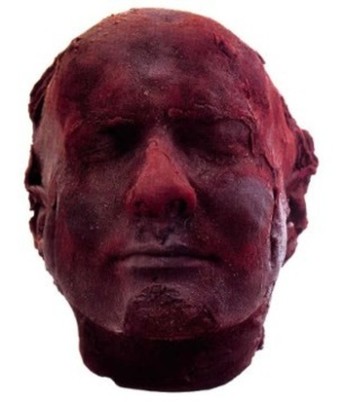
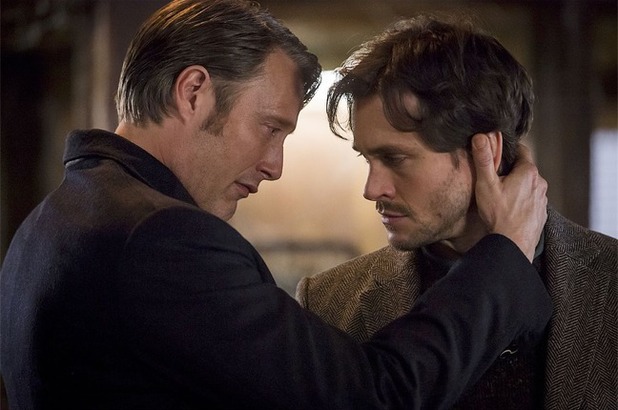
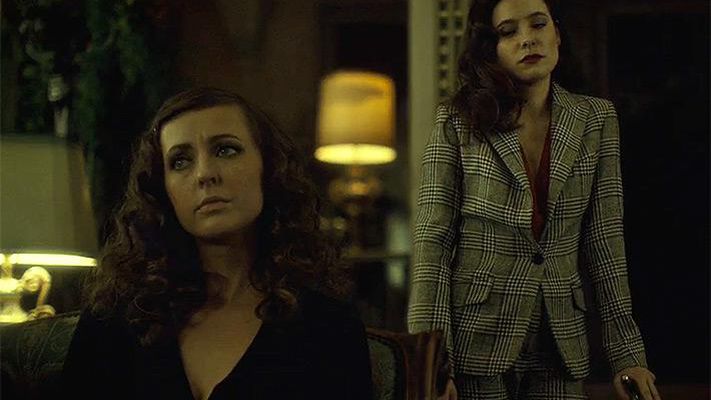
 RSS Feed
RSS Feed


